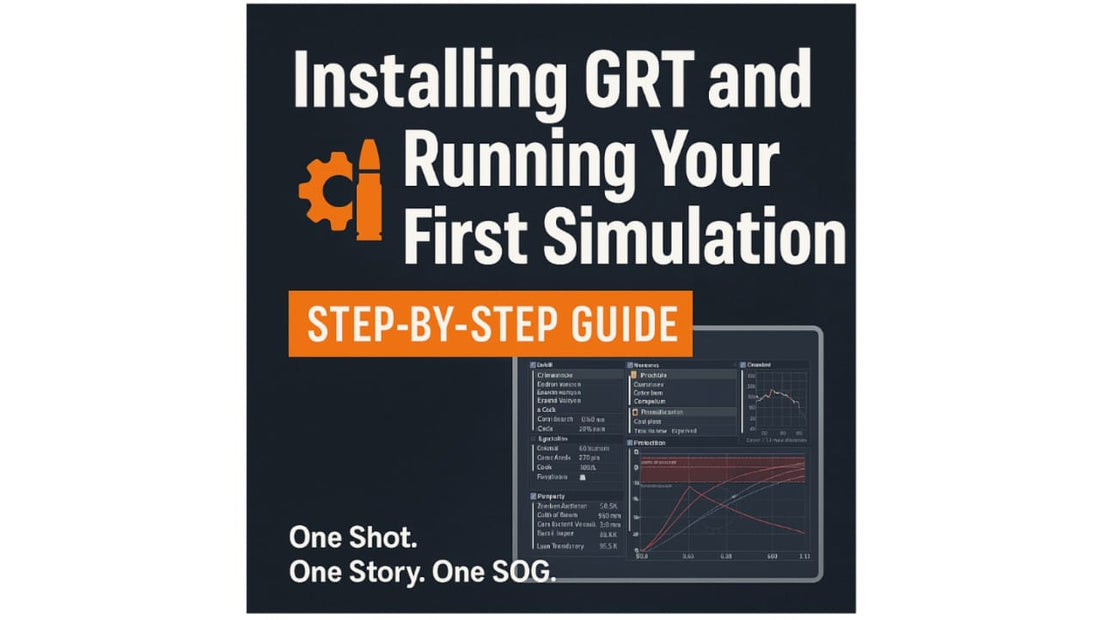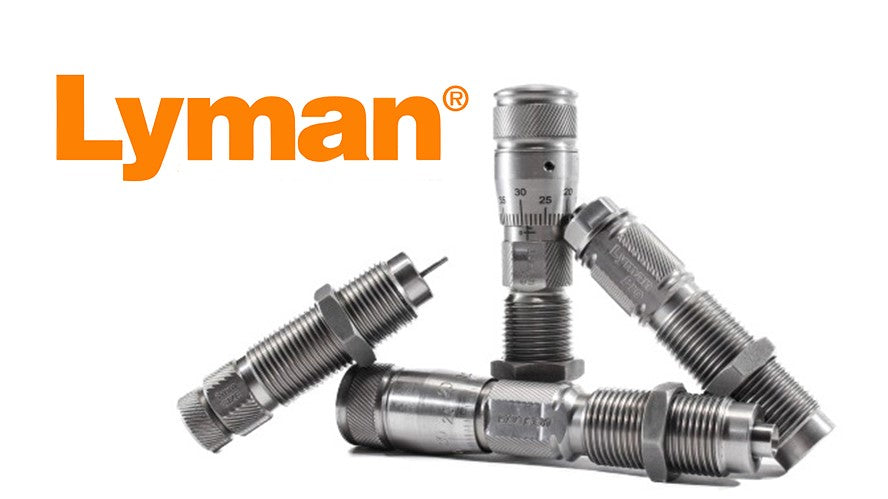
Installing GRT and Running Your First Simulation (Part 2)
Share
Reloaders, it’s time to put theory into practice! In Part 1, we covered why Gordon’s Reloading Tool (GRT) is such a game-changer. Now we’ll walk you through installing the software and setting up your first simulation — step by step. Accuracy here matters, so follow the order exactly.
Installing GRT — Quick Tips
-
Download only from the official source. Avoid unofficial mirrors.
-
Windows users: Use the installer for either the stable or nightly build. If prompted to install .NET or other runtimes, accept and let them run.
-
Linux users: Follow the distribution-specific steps on the GRT website; you may need extra libraries.
-
Create a shortcut: Save yourself time by putting GRT on your desktop.
-
Backup defaults: Before experimenting, copy the default
loadsfolder or export a profile so you can restore it if needed. -
Permissions: If you run into file-saving issues, launch GRT once as administrator to set up config files.
-
Nightly vs stable: Nightly builds include new features but may be less stable. Use stable if you want reliability; nightly if you want the latest tools.
Step-by-Step Setup (Always in This Order)
A — Rifle & Case Basics
-
Choose calibre. Select the cartridge family you’ll load (e.g., 6.5 Grendel).
-
Enter case length (after trimming). Trim to your chosen spec and measure before entering.
-
Measure and enter case volume. Use the water method and record in grains H₂O.
-
Measure and enter COAL (Cartridge Overall Length). Seat a bullet at your chosen depth, measure, and enter the real OAL.
-
Measure and enter barrel length. From breech face to muzzle.
-
Enter gun weight (optional). Adds recoil figures — handy, but not required.
-
Measure and enter twist rate. E.g., 1:8 in. Important for bullet stability.
Why A first? Geometry and volume define how powder behaves. If these are wrong, nothing else will line up.
B — Projectile
-
Select your projectile from the dropdown list (or create a custom entry). Confirm weight, diameter, length, and shape.
-
If you have BC or sectional density values from the manufacturer, enter them for more accurate ballistics.
C — Propellant
-
Choose your powder from the database or add it manually.
-
⚠️ WARNING: Only use reliable data — manufacturer sheets, trusted reloading manuals, or verified labs. Never trust random forum posts.
-
Enter powder name, starting charge (use the published minimum), and other parameters as prompted.
Run Your First Simulation
-
Create a small loading ladder (3–5 steps around your safe starting load).
-
Hit Simulate.
-
Review results:
-
Max chamber pressure (Pmax)
-
Muzzle velocity
-
Burn efficiency
-
Barrel time
-
Any warnings flagged by GRT
-
-
If you see poor efficiency (low burn %, lots of unburnt powder), try a slightly faster powder and re-run.
Quick Interpretation Checklist
-
✅ Pmax below CIP/SAAMI max? Safe on paper. Still start low and confirm at the range.
-
✅ Burn efficiency 90–100%? Ideal. Much lower means wasted powder.
-
✅ Load density ~90–100%? Good. Be careful of compressed loads unless officially documented safe.
-
⚠️ Pressure curve too steep? Proceed with very small charge increments on the range.
Safety Notes
-
Always start with published minimum loads and work up carefully.
-
GRT is a simulation tool — it does not replace chronographing and watching for pressure signs.
-
Keep a log of your range results and compare to GRT outputs. This makes your personal database stronger and more accurate.








